


Volcanic Hazards in Skamania County
Skamania County is home to breathtaking natural landscapes, shaped in part by its volcanic history. Dominating the region is Mount St. Helens, an active stratovolcano known for its powerful 1980 eruption that altered the landscape and impacted communities across the Pacific Northwest. Today, the volcano serves as both a reminder of nature’s raw power and a focal point for geological research and tourism.
Key Volcanic Hazards
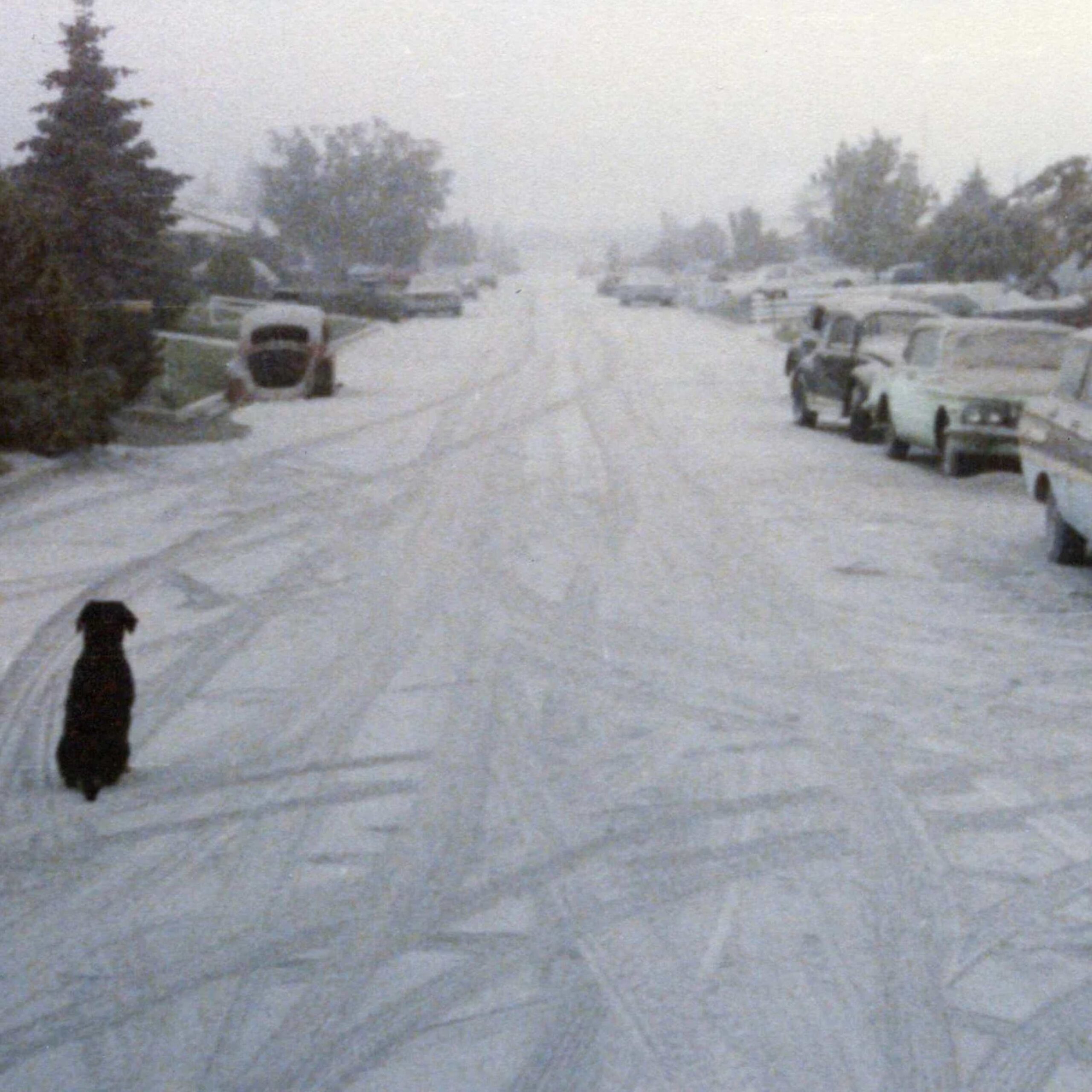
Ashfall
During an eruption, volcanic ash can travel hundreds of miles, covering large areas with fine, abrasive particles. Inhaling ash poses respiratory risks, and its accumulation can damage machinery, roofs, and transportation systems.
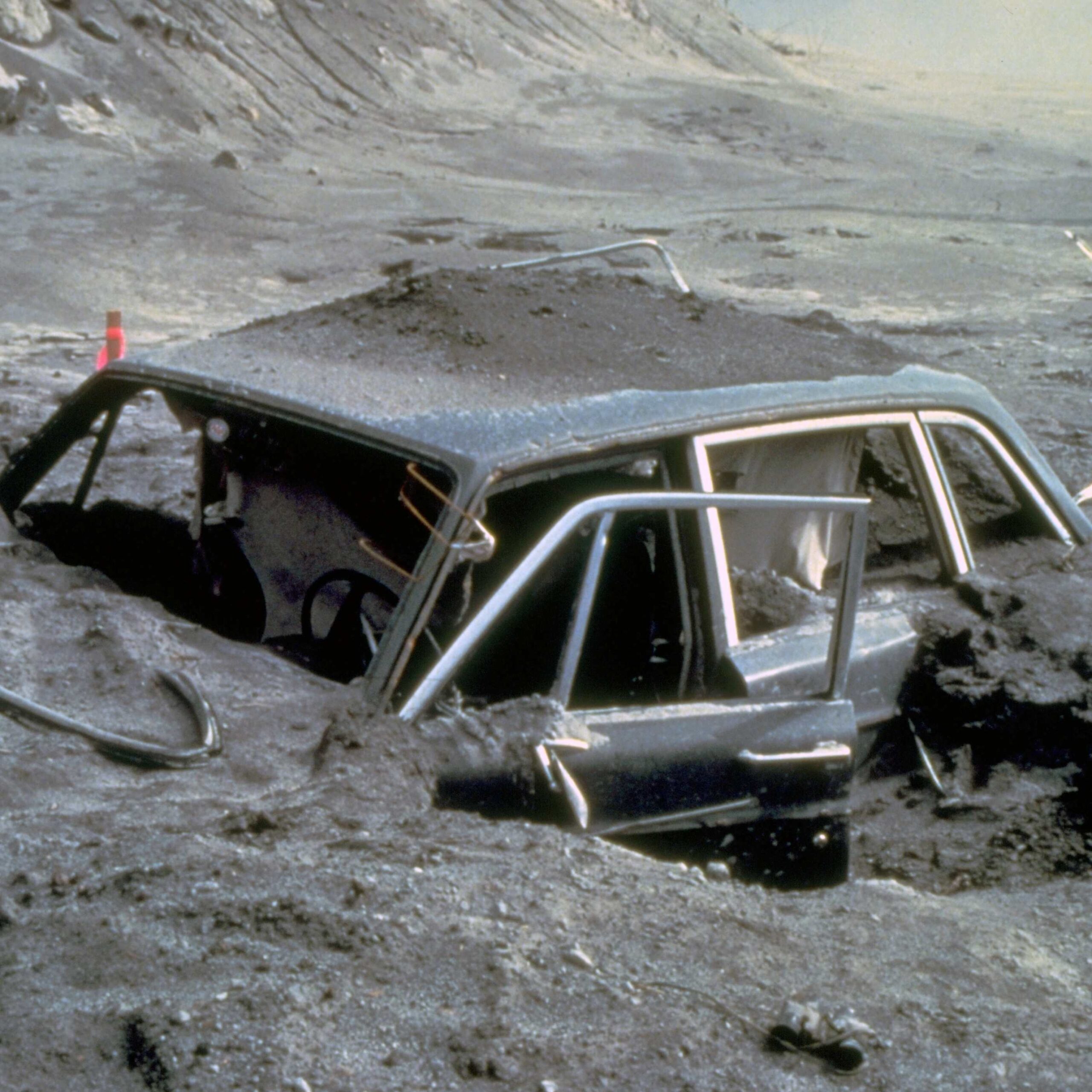
Lahars (Volcanic Mudflows)
These fast-moving flows of volcanic debris and water can devastate river valleys, destroying infrastructure and endangering lives. Lahars can be triggered by eruptions or heavy rain on loose volcanic material.
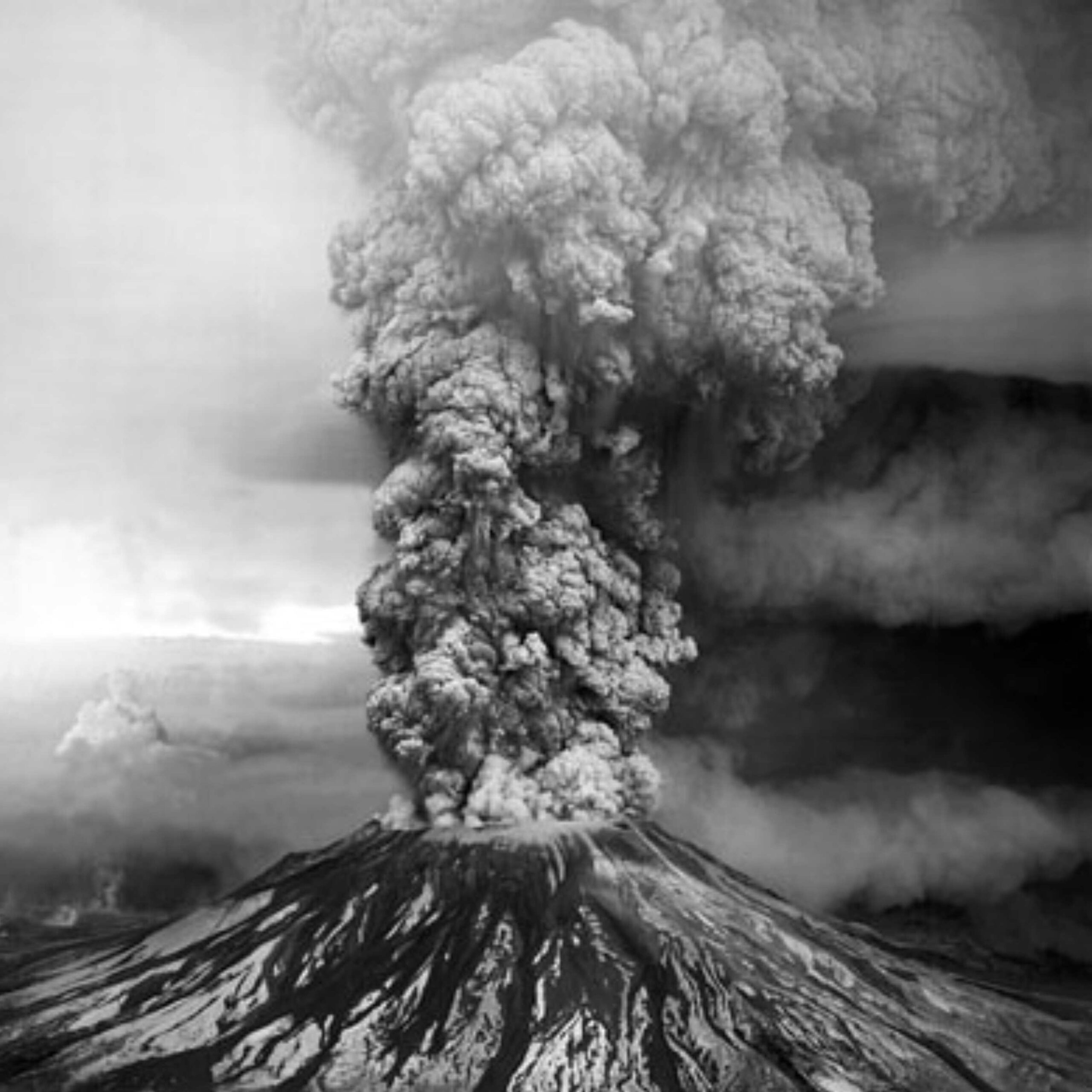
Pyroclastic Flows
While less likely to impact distant areas, these hot, fast-moving flows of gas and volcanic material pose extreme danger near the volcano itself.

Volcanic Gas Emissions
Gases like sulfur dioxide can affect air quality, especially near the volcano, impacting both humans and wildlife.
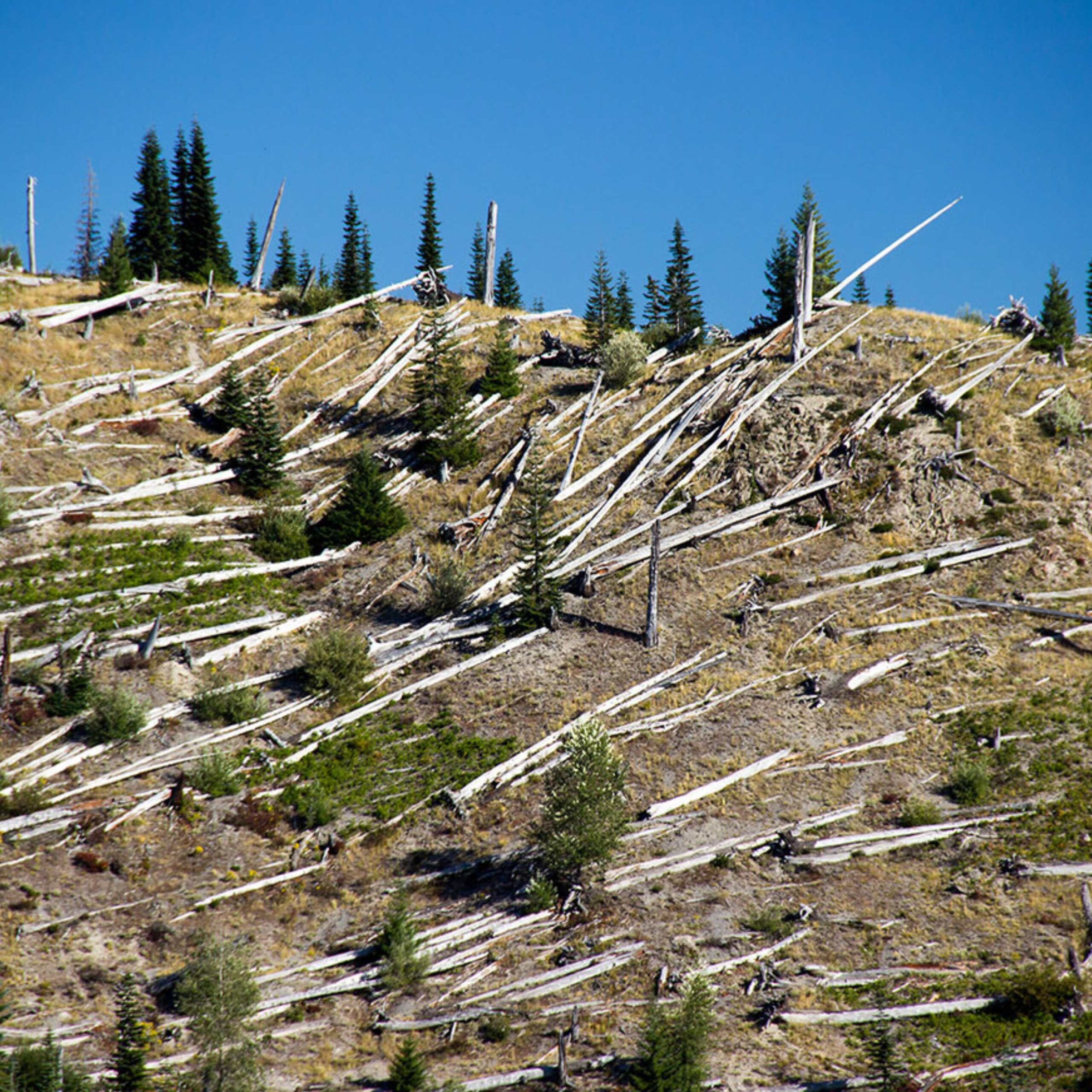
Earthquakes and Landslides
Volcanic activity can trigger seismic events, leading to landslides and other ground movements. These events can affect infrastructure and access in areas surrounding Mount St. Helens.
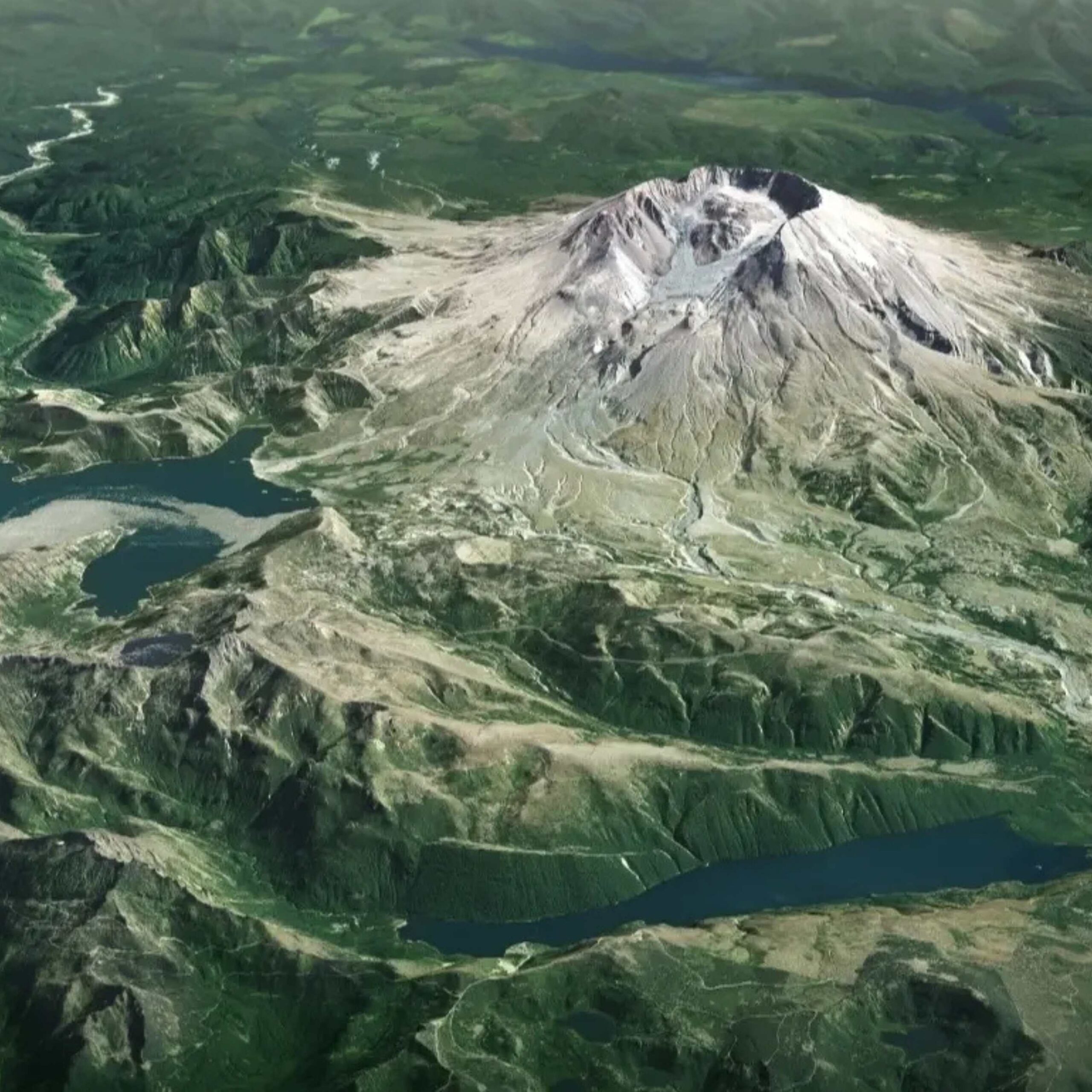
Preparedness in Skamania County
Skamania County residents are no strangers to the importance of preparedness, given the region’s unique risks. Key actions include:
* Evacuation Plans
* Staying Informed
* Emergency Kits
A Landscape of Resilience
Despite its hazards, Skamania County remains a resilient community, embracing the beauty and power of the region’s volcanic origins. Education, preparedness, and a strong community spirit ensure that residents and visitors can safely enjoy this remarkable area while respecting the forces that shape it.